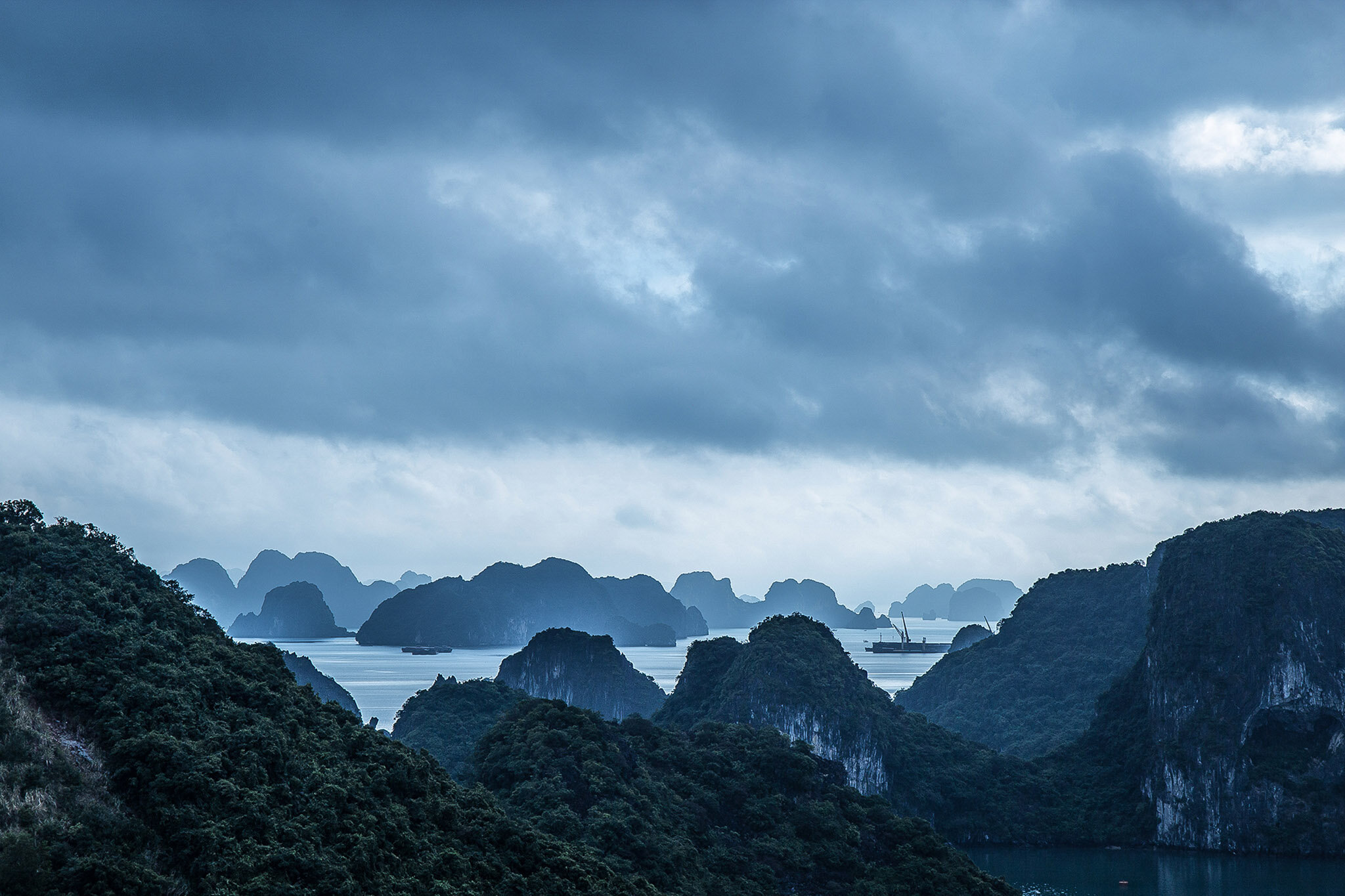Hue
Huế, pronounced "hway", is the former imperial capital of Vietnam (up to 1945) and the seat of the Nguyen Dynasty - a place very rich in history and absolutely worth visiting. Everything about Hue feels royal. From the grand Imperial Citadel to the seven tombs scattered around the city, most attractions were built to honour the kings, before and after their death.
Our visit
What is perhaps a bit unusual about Huế in terms of visiting is that all the attractions are dispersed kilometres apart. The Imperial Citadel lies in the middle of the city. From there, it’s 4km to the Thien Mu Pagoda and 8km to the Tomb of Khai Dinh, one of seven Royal Tombs. We only had one day to see as much as we could of Hue, and we were travelling from Hoi An - which is a three hour drive away. For that reason, going on an organised tour (which is rarely our preferred option) was the way to go on this particular occasion . Hue probably deserves 2 days of exploration, but a day trip can work if you are short on time.
Hue Imperial City
The imperial citadel is a citadel (Forbidden Purple City) within a citadel (Imperial City) within a citadel (Hue Citadel) within the city of Hue. The Imperial City is a huge complex of buildings (although many are now ruins), gateways and alleys, a great place to explore. It's easy to get lost there, due to the vast and repetitive layout.
As you walk around Hue, you will come across many beautifully intricate gates, often in sets of 3 - back in the day, women would enter on one side, men on the other, and the main central door would be reserved for the king.
Unfortunately, the citadel in Hue suffered major losses during the Vietnam/American War - out of the original 160 buildings inside the citadel walls, only 10 remain. Today, this complex of monuments in Hue is a UNESCO World Heritage Site.
Thien Mu Pagoda
The Thien Mu Pagoda (Pagoda of the Celestial Lady) lies on the northern banks of the Perfume River. Its striking octagonal tower is regarded as the unofficial symbol of the city.
The Tombs
Between 1802-1945, Hue was the capital of Vietnam and 13 emperors of the Nguyen Dynasty ruled during this period. Today, the emperors' tombs are scattered around Hue, along the Perfume River. We only got to see one of them, the tomb of Khai Dinh (the 12th emperor), but there are 7 royal tombs that can be visited. The most popular ones are Khai Dinh, Minh Mang and Tu Duc.
Many of the landmarks in Hue look ancient, but in fact they are not old at all - especially when compared to Hanoi, which has many landmarks that are almost 1000 years old or even older. The imperial citadel and the 7 royal tombs have all been built after 1800. One hundred years ago, the emperor Khai Dinh was very much alive!
An Bang Cemetery
This is well off the tourist trail, but it’s quite a unique attraction. The cemetery is vast, with lots of colourful and very ornate tombs. These opulent tombs were built by the rich families living in the nearby An Bang village, and are a testament to the importance of the afterlife in Vietnamese culture.
Thuy Tien Lake Abandoned Park
Here’s another unusual attraction. This waterpark was opened in 2004, but closed just 2 years later, and remained abandoned ever since. We haven’t been there ourselves, and I think it is no longer open for visitors (at least not officially), but the world of social media stands as proof that many are still passing through its gates. The dragon centrepiece is particularly photogenic.










A day in Vietnam’s imperial city